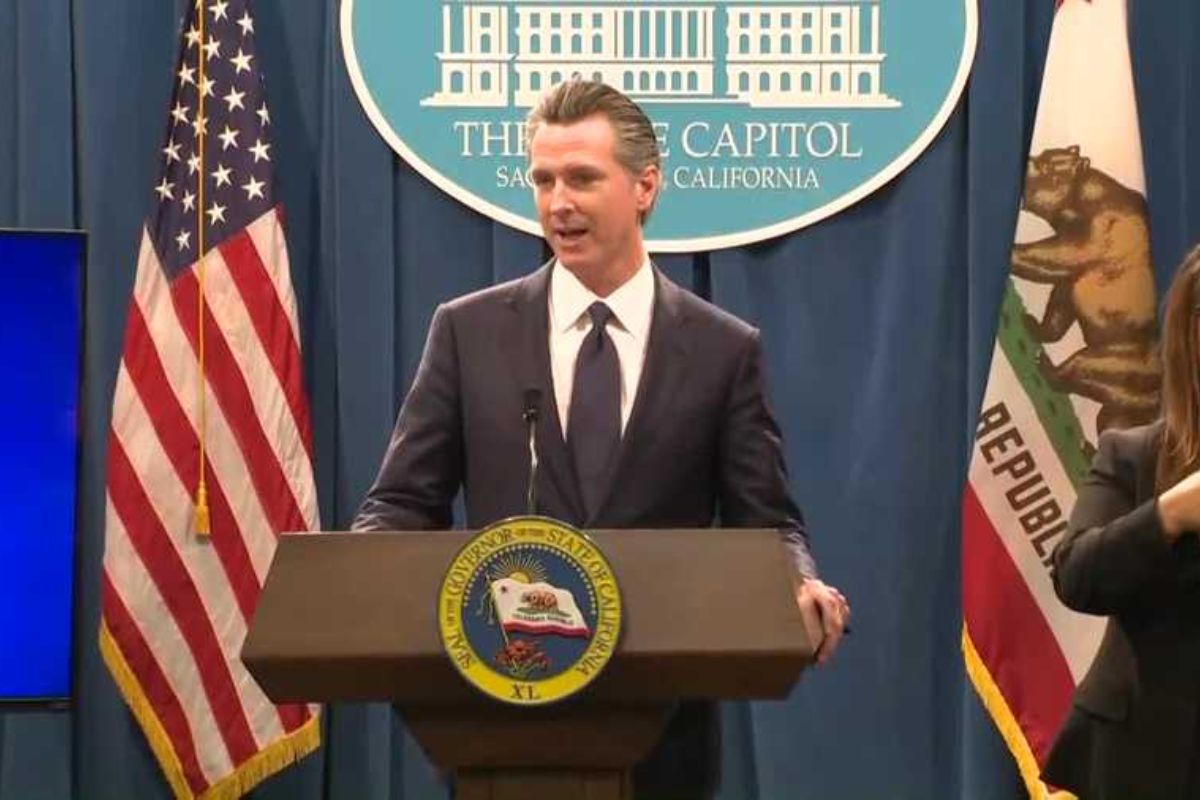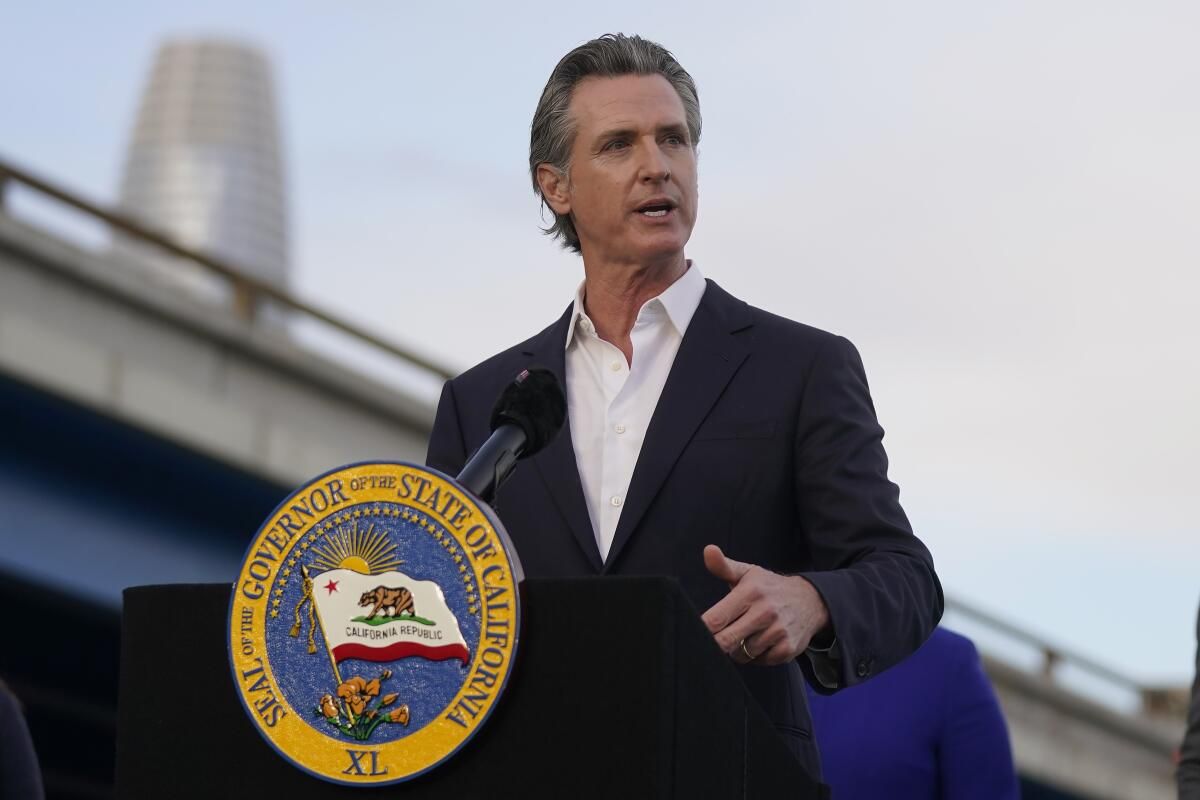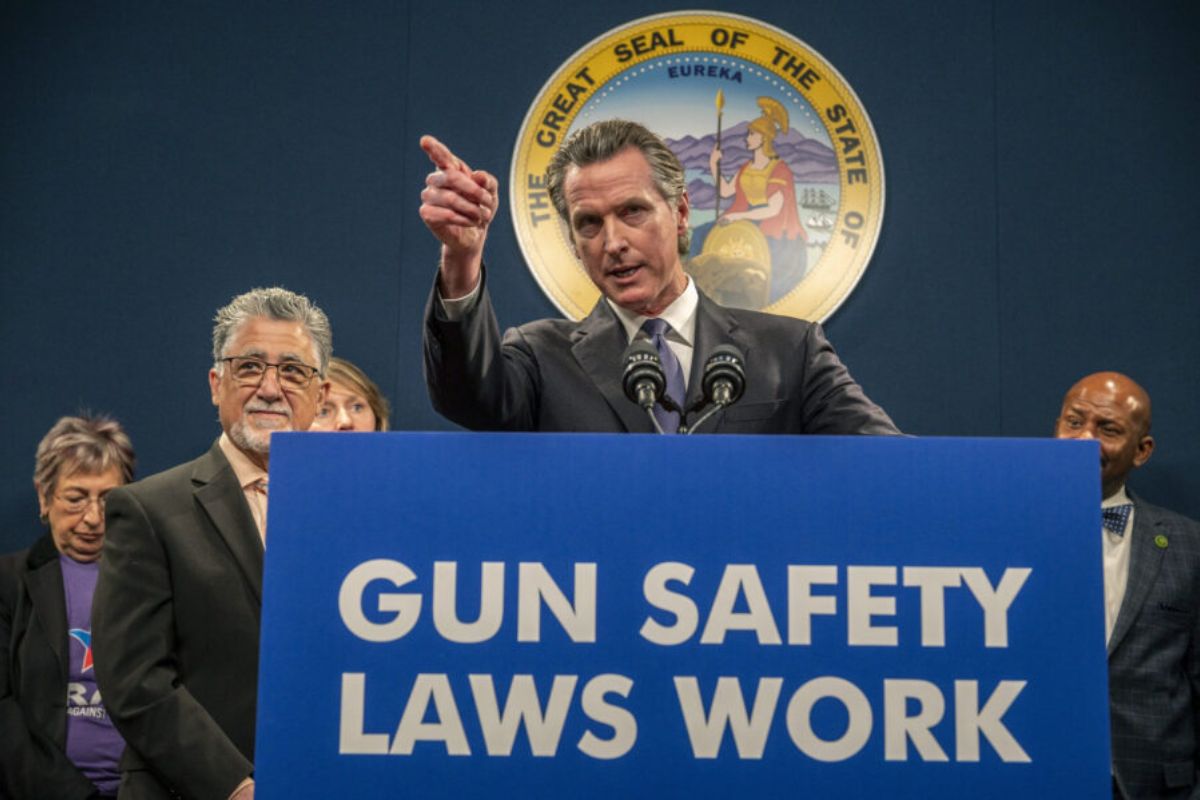Governor Unveils Bold Plan: Governor Newsom’s proposal introduces 500 high-tech cameras to heighten security in Oakland. This step aims to bolster public safety and address crime concerns effectively. The plan triggers discussions on the balance between safety and privacy, drawing both support and opposition. Concerns revolve around privacy breaches, misuse of technology, and potential biases. Amidst economic backing and strategic cooperation, transparency and oversight remain essential. As the initiative unfolds, exploring the surveillance’s impact on various facets becomes imperative.
Surveillance Expansion in Oakland: A Controversial Move
The proposal to expand surveillance measures in Oakland has sparked a contentious debate within the community and among policymakers, raising concerns about privacy rights and the effectiveness of such a high-tech approach to combating crime. California Governor Gavin Newsom’s introduction of plans for extensive surveillance measures in Oakland and surrounding freeways, involving the installation of 500 high-tech cameras, has ignited a heated discussion regarding the balance between public safety and individual privacy.
Proponents of the surveillance expansion argue that the use of advanced technology, such as high-definition cameras and license plate readers, will enhance law enforcement’s ability to monitor and respond to criminal activities effectively. They contend that the increased surveillance will act as a deterrent to crime, potentially reducing incidents of violence, theft, and vandalism in Oakland.
However, critics express concerns about the potential infringement on civil liberties and the right to privacy. They fear that the widespread use of surveillance cameras could lead to unwarranted surveillance of law-abiding citizens, raising questions about the ethical implications of constant monitoring in public spaces. Additionally, there are apprehensions about the effectiveness of surveillance cameras in preventing crimes, with some studies suggesting that their impact on crime rates may be limited.
As the debate over the surveillance expansion in Oakland continues, it remains important for policymakers to carefully consider the trade-offs between public safety and individual privacy rights in implementing such high-tech measures.
Opposition and Privacy Concerns
Amidst the proposal for expanded surveillance measures in Oakland, concerns regarding privacy infringement and the potential for further police abuse, especially targeting marginalized communities, have been vehemently voiced by critics. The idea of implementing 500 cameras to fight crime in Oakland has sparked a wave of opposition, with many questioning the implications of such extensive surveillance.
Critics argue that increased surveillance could lead to a breach of privacy for Oakland residents, infringing upon their civil liberties. The fear of constant monitoring and the collection of personal data without consent has raised red flags among privacy advocates and civil rights groups. Additionally, there are apprehensions that the use of these cameras could disproportionately impact marginalized communities, exacerbating existing issues of racial profiling and police discrimination.
Another significant concern revolves around the potential for further abuse of power by law enforcement. History has shown that surveillance technologies can be misused, leading to unjust targeting, harassment, and unlawful surveillance practices. Critics worry that without proper oversight and accountability measures in place, the deployment of 500 cameras could empower authorities to overstep boundaries and disproportionately target vulnerable populations.
As the debate intensifies, it is vital for policymakers to address these valid concerns and make sure that any surveillance measures implemented prioritize both public safety and the protection of individual rights and freedoms.

Support from State Leadership
Governor Newsom’s endorsement of the initiative to deploy 500 cameras in Oakland underscores the state’s commitment to strengthening law enforcement capabilities and enhancing community safety amidst a backdrop of increasing crime rates. The Governor’s vocal support for the project highlights the seriousness with which the state leadership views the need for holistic measures in combating crime and ensuring public safety.
Newsom’s defense of the initiative emphasizes the critical role these cameras will play in not only deterring criminal activities but also aiding law enforcement in investigations and evidence collection. By throwing the state’s weight behind this initiative, Newsom is sending a clear message that California stands united in its efforts to address the rising crime rates and create safer environments for its residents.
Furthermore, Newsom’s endorsement of the deployment of 500 cameras in Oakland signifies a broader state-level strategy to leverage technology in the fight against crime. This move aligns with the state’s overarching goal of utilizing innovative solutions to tackle complex societal challenges effectively.
The Governor’s unwavering support for the camera deployment initiative sets a precedent for other state leaders to follow suit, signaling a united front in prioritizing public safety and law enforcement effectiveness. This collaboration between state and local authorities showcases a holistic approach to addressing crime and fostering a secure environment for all Californians.
Economic Impact and Corporate Response
In response to the escalating crime rates in Oakland, the corporate sector has taken proactive steps by investing $10 million in a collaborative security program aimed at safeguarding public safety and preserving the economic viability of downtown businesses. This significant allocation of funds from major employers underscores the pressing concerns over the impact of crime on both the community and the local economy.
The decision to invest in a joint security program highlights a strategic move by the corporate sector to address the rising crime levels in Oakland effectively. By pooling resources and expertise, these companies are not only demonstrating a commitment to ensuring the safety of residents and visitors but also recognizing the importance of a secure environment for business sustainability.
The $10 million investment signifies a substantial financial commitment towards enhancing security measures in downtown Oakland. This collaborative effort not only showcases a shared responsibility among the corporate entities but also sets a positive example for other businesses to prioritize public safety and economic stability.
Logistics and Financials
Details surrounding the financial implications and logistical considerations of implementing the surveillance network in Oakland are being closely scrutinized as discussions intensify over resource allocation and the efficacy of the proposed security measures. The costs involved in setting up the network of 500 cameras are a focal point of concern. Initial estimates suggest a substantial investment for the purchase, installation, and maintenance of the surveillance infrastructure. Additionally, ongoing expenses related to data storage, monitoring, and personnel training are anticipated to contribute considerably to the overall operational budget.
Moreover, the retention policies for captured footage are under careful examination. Balancing the need for preserving data that could aid in criminal investigations with privacy concerns and legal compliance is a delicate task. Determining the duration for which footage will be stored, who will have access to it, and how it will be securely managed are critical components of the logistical planning process.
As debates over resource allocation unfold, questions arise regarding the effectiveness of the proposed security measures. Stakeholders are seeking assurances that the implementation of the surveillance network will indeed lead to a reduction in crime rates and an enhancement of public safety. Addressing these concerns will be pivotal in garnering support for the ambitious initiative.


ALSO READ: Tragic Avalanche Strikes California Resort: Fatalities Reported
News in Brief
In a bid to combat rising crime, Governor Gavin Newsom unveils plans to deploy 500 high-tech surveillance cameras in Oakland. The initiative aims to enhance public safety and tackle criminal activities effectively. However, the proposal has sparked debates surrounding privacy rights and the potential misuse of technology. Critics raise concerns about the infringement on civil liberties and the disproportionate impact on marginalized communities.
Despite opposition, Newsom emphasizes the importance of bolstering law enforcement capabilities to create safer communities. Meanwhile, major employers in downtown Oakland allocate $10 million towards a joint security program, reflecting growing concerns over public safety and economic stability. As discussions unfold, attention turns to the logistical and financial aspects of implementing the surveillance network. Addressing concerns and ensuring transparency will be crucial as the initiative progresses.

